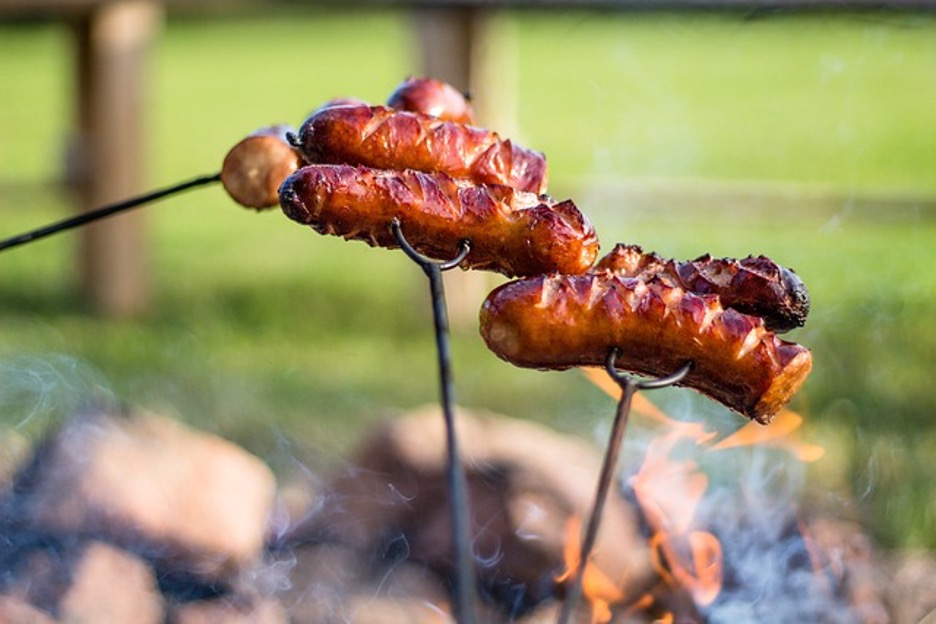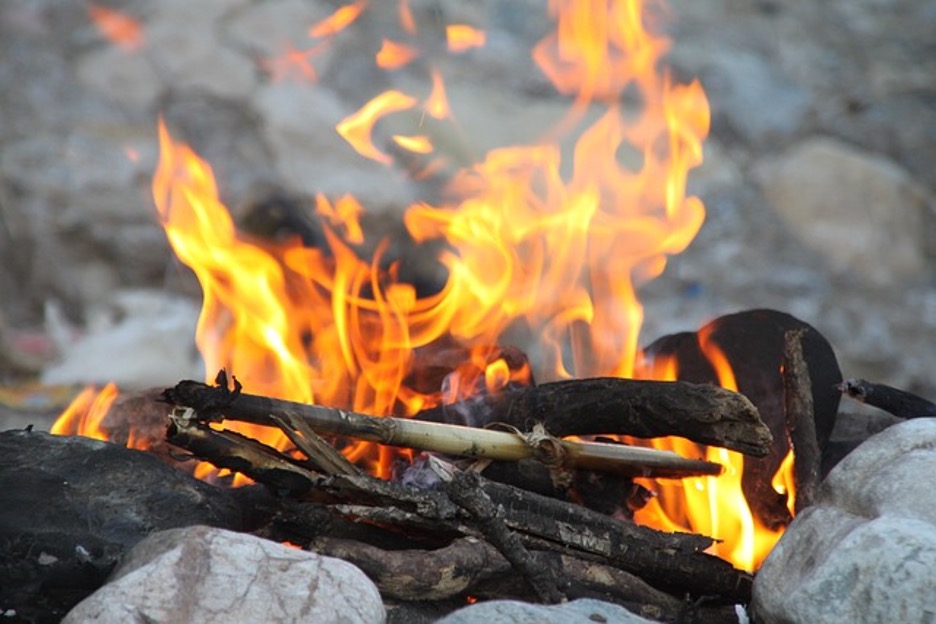Each year forests are devastated by wildfires that could be prevented if people were more informed and educated. That would involve adequate campfire preparation, caring for the fire, and paying attention to it.
These natural environments serve as habitats for wildlife and are essential to the environment. Each individual can play a part in preserving the spaces with sufficient knowledge of how to enjoy fire rings for campgrounds without impacting the future of the surrounding landscape.
Consider these suggestions so you can enjoy sitting around a campfire, making s’mores, and singing songs with adequate fire safety.
What Are Safe Use Practices For Fire Rings For Campgrounds
A staple when camping has a blazing fire to sit around for roasting hot dogs and marshmallows for smores, singing songs, and telling scary stories, plus keeping warm on the cool summer nights.
Not everyone is fully educated on maintaining the fire ring safely, with horror stories of wildfires erupting from what started as an innocent campfire. What are some suggestions so you can enjoy a lovely camping experience?
● Avoid the fire
Just because there is a fire ring at the site does not mean you need to have a campfire, especially if you are uneducated in doing so safely. That will lessen the environmental impact if it gets out of hand and you do not know what to do.
Of course, fires are a big part of the camping experience, the fun part. Still, fire is also dangerous and can become devastating if you are not informed. If you genuinely want to enjoy this aspect of the camping trip, take a fire safety course and become educated before heading out.
When you learn the ins and outs of what can go wrong, you will be prepared, can care for any situation that arises, and will be mindful throughout the experience. Educate on what you should know about fire pit rings at https://www.familyhandyman.com/article/what-to-know-about-fire-pit-rings/.
● Find out the fire danger level at the location you will be camping
Contact the business in charge of managing the campgrounds where you will be staying to learn the state of the fire danger and remain current with these details.
You can find the information by checking the website for your county along with a few other resources, including the “Bureau of Land Management and the National Forest Service.”
These same agencies will be able to advise on fire regulations for the specific spot you will be starting. The details will be greater than just basic fire danger details.
You will learn restrictions you must abide by, including not igniting a fire under specific circumstances like “on particular days, near natural landmarks, above a specific elevation, and on.”
● Fire rings are specific for campfires
The safest spot for campfires is fire rings that have already been established. These will be available with most campsites in their camp areas and can also be found often in the wilderness “wilderness” grounds.
A priority is to clear out debris or trash in the pit along with any “natural fuel resources” before attempting to ignite a new spark.
If you are with a campsite void of fire rings, find a safe spot without dry vegetation (like twigs and dead leaves) where you can establish a ring using rocks that will contain the blaze. Go here for details on building campfires in existing fire rings.
The space should be roughly “10 feet in diameter.” The suggestion is to keep the area small and contained. You can still have as good of a time but can maintain control; plus, these are simpler to bring to ash and extinguish when ready to go.
Before leaving the campsite, it is critical to completely extinguish the fire and ensure it is out, plus disassemble the ring. You want to leave the natural appearance of the wilderness as you found it.
● Someone should always be paying attention to the fire
The fire ring should always be supervised. You might want to hike or participate in fishing, leaving the fire smoldering, so it is simpler to achieve a blaze later, but no fire should be left unattended. The wind can catch an ember sending it further into the wilderness, creating a spark that grows out of control.
When stepping away, sleeping, or before leaving, the fire should be put out entirely with water. Some people will use dirt or sand, but it is noted as ineffective in the same way as water in completely extinguishing the fire. The recommendation is, “Burn all wood until it becomes a white ash and then grind small coals until they become ashen. Soak this with water thoroughly and then scatter what is left in a large space away from the site.”
Final Thought
Before you head out to a camping site or a wilderness campground, it is vital to educate on fire safety and the “leave no trace guidelines” for your protection, that of the wildlife, and the environment.









